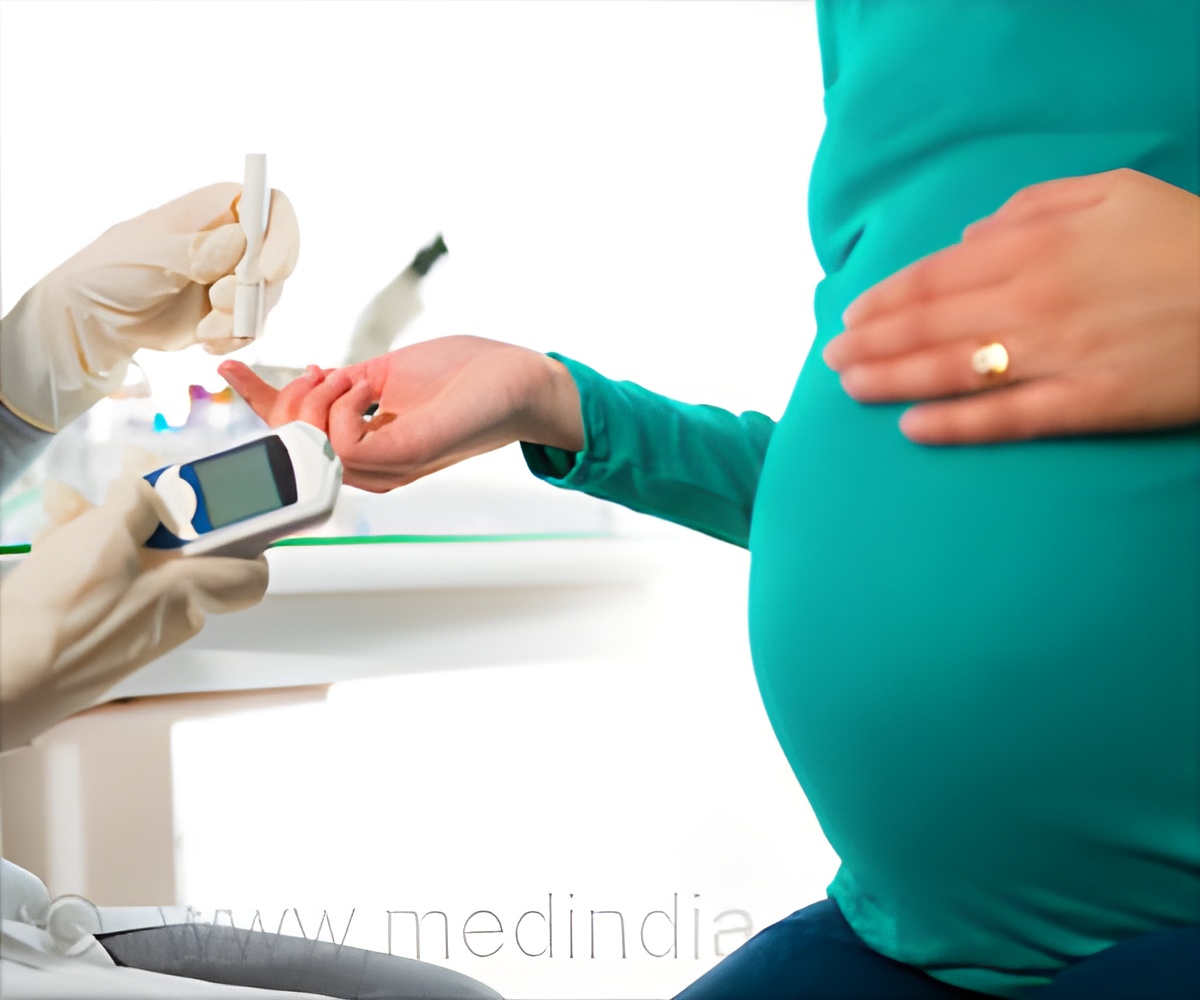
An unwelcome inheritance: childhood obesity after diabetes in pregnancy
Go to source).
‘Gestational #diabetes affects approximately 14% of #pregnant women worldwide. #childhoodobesity #medindia’





Advertisement
Potential Health Complications with Gestational Diabetes
Although gestational diabetes typically resolves after birth, it poses several complications during and after pregnancy:- Maternal Risks: Mothers are at a higher risk of developing diabetes in the years following pregnancy.
- Neonatal Risks: Infants are more likely to be delivered prematurely, have large birth weights for their gestational age, and experience neonatal hypoglycemia.
- Long-term Risks for Children: Children born to mothers with gestational diabetes are at a higher risk of developing cardiometabolic issues in adulthood, including obesity and diabetes.
Treatments, which include a healthy diet, exercise, and blood-sugar-lowering medications, aim to achieve optimal glycemic control – keep blood sugar in the normal range – during pregnancy. However, the role of glycemic control on child obesity risk has yet to be proven. To investigate the role of glycemic control on childhood obesity risk, Dr. Assiamira Ferrara and colleagues studied 258,064 women who gave birth in the US between 2011 and 2023.
Advertisement
Nature of Maternal Glycemic Control
Among these women, 17,316 had gestational diabetes. Blood sugar control after diagnosis was categorized into four trajectories:- Stably Optimal Glycemic Control (39.2%): Achieved and maintained optimal glycemic control throughout pregnancy.
- Rapidly Improving to Optimal (32.3%): Achieved optimal glycemic control within 4-6 weeks of diagnosis and maintained it.
- Slowly Improving to Near-Optimal (16.7%): Gradual improvement but not reaching optimal levels.
- Slowly Improving to Suboptimal (11.8%): Gradual improvement but remained below optimal levels.
Advertisement
Trends in Childhood Obesity Relative to Maternal Glycemic Control
Childhood obesity was defined as sex-specific BMI-for-age ≥95th percentile, based on the United States Centers for Disease Control and Prevention charts. At 2-4 years of age, childhood obesity rates were as follows:- 15.1% in children of mothers without gestational diabetes
- 15.9% in children of mothers with stably optimal glycemic control
- 18.7% in children of mothers with rapidly improving glycemic control
- 20.9% in children of mothers with slowly improving to near-optimal glycemic control
- 24.6% in children of mothers with slowly improving to suboptimal glycemic control
How Glycemic Control Patterns Affect Childhood Obesity Risk
Further analysis showed that the risk of childhood obesity increased with maternal blood sugar levels.Further analysis revealed that the risk of childhood obesity increased with higher maternal blood sugar levels:
- At 2-4 Years: Children of women with gestational diabetes in the stably optimal and rapidly improving to optimal groups had a similar risk of obesity to those whose mothers did not have gestational diabetes.
- Slowly Improving to Near-Optimal Group: Risk was 13% higher
- Slowly Improving to Suboptimal Group: Risk was 23% higher
- At 5-7 Years: Only children of women with stably optimal glycemic control had an obesity risk similar to those of children of mothers without gestational diabetes.
The study’s authors conclude that swiftly achieving glycemic control after diagnosis of gestational diabetes can bring the childhood obesity risk down to a level similar to that seen in children whose mothers did not have gestational diabetes. Dr Ferrara says: “When gestational diabetes is not properly managed, this increases the baby’s risk of a high birth weight and may predispose them to obesity.”
“The good news is that if the mother’s blood sugar is quickly brought under control, her baby’s risk of childhood obesity is similar to that of children whose mothers had normal blood sugar in pregnancy.”
“Women who are diagnosed with gestational diabetes should start to follow the treatment plan drawn up by their physician as soon as possible. This is likely to initially involve dietary changes, exercise, and monitoring of glucose levels. If blood sugar levels are not in the recommended range within two weeks they should start medication to lower the level, as prescribed.”
“Obesity increases the risk of developing diabetes and heart disease and once it is established, it is hard to reverse, and so anything we can do to reduce the risk of it developing is important.”
Reference:
- An unwelcome inheritance: childhood obesity after diabetes in pregnancy- (https:link.springer.com/article/10.1007/s00125-023-05965-w)
Source-Eurekalert










